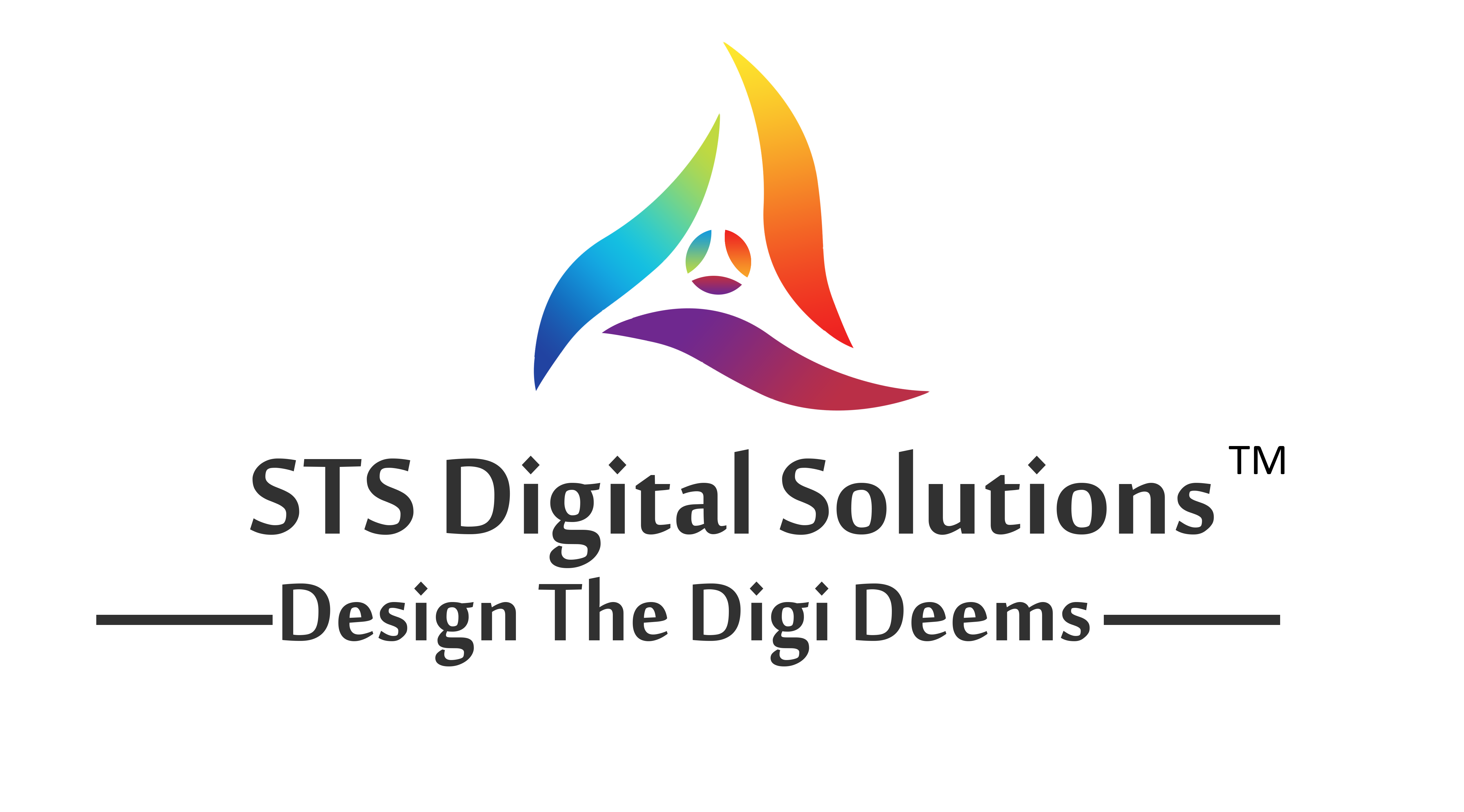How to Optimize Your Blog for ChatGPT, Gemini, and Claude Responses

With the rise of AI language models such as chat, Gemini, and Cloud, the way online users are developing information more rapidly. These advanced intellectual tools are affecting search behavior and content discovery, changing how users interact with the web. If your blog content is not aligned with these AI reactions, you are potentially missing out on a significant and rapidly growing audience. It is necessary to optimize your blog for ChatGPT, Gemini, and Cloud reactions to stay visible, relevant, and competitive in the digital scenario of 2025.
Understanding How AI Models Process and Display Content
To effectively customize blog content for tools like ChatGPT, Gemini, and Cloud, it is important to understand how these AI models work. Unlike traditional discovery engines, which draw the snippet directly from webpages, these language models produce reactions during training, and the pattern is learned from real-time search plugins. When they do not create websites such as Googlebot, they rely on content composition, meaning clarity and subject relevance to draw the most accurate and useful information.
When blogs are written with natural language, use rich references, and answer the intention-driven questions, the AI tools are more likely to reference or paraphrase them in their output. Therefore, the structure and vocabulary of your blog should be auxiliary, concise, and clear, which language users naturally use when asking questions.
Creating Conversational and Intent-Focused Content
To increase the possibility of lifting your blog with ChatGPT, Gemini, or Cloud, you need to shift from keyword stuffing to natural question-answer formatting. These models prefer content that provides direct answers to normal questions. Writing in a tone that indicates how humans speak, through these devices, enhances the discovery of your blog.
For example, if you are writing about digital marketing, instead of only focusing on dense information, you can introduce an article with the intention of a user, such as "What is the best way to generate leads in 2025 using material marketing?" This simple innings immediately makes your blog more suitable for an AI summary. When models detect such patterns, they are more likely to present your blog as a reliable source.
Structuring Content Around Entity-Based and Contextual Language
Another important factor in optimizing blogs for AI platforms is using unit-based optimization. AI models respond better to content that includes designated institutions, such as brand names, equipment, industries, and concepts, because they provide reference and clarity. Embedding phrases such as "email automation software such as Mailchimp" or "AI-operated writing tools such as Grammarly and Jasper" provides a solid anchor that is used to identify AI system relevance.
Additionally, using words related to semantics-for example, adding "organic traffic" with "SEO strategies"-creates a reference-rich environment. The goal is to make your blog less about the unique keywords and more about comprehensive theme coverage. When your blog effectively addresses a subject from several angles, the AI models consider it more official.

Prioritizing Topical Authority and Content Clusters
The AI language models favor websites that display strong topical authority. Instead of publishing isolated blog posts, create interconnected content groups around a central subject. For example, if your niche is AI in marketing, publishing related blogs on machine learning in advertising targeting establishes AI Content Creation Tools, Predictive Analytics, and Customer Travel Automation Authority.
Once a model recognizes your site as a reliable source for a subject, it becomes more likely to be attracted again and again by your content. The internal relationship between your blog post strengthens this perception. When ChatGPT, Gemini, or Cloud analyzes your blog structure, they consider how your content is interconnected. The more organized and subject-specific your blog, the more AI-favorable it becomes.
Improving Readability and Reducing Noise
The blogs that perform well with the AI model prefer clarity and ease of reading. Long, run-on paragraphs filled with jargon or generic full sentences are often left in favor of direct, informative content. The goal is not to be maintained, but to write in a way that balances expertise with digestive power.
Start by reducing the filler content and avoiding unnecessary complexity. AI devices prefer content that focuses on and answers specific questions. Write as if you are explaining the subject with a basic understanding to someone, but there is a keen interest in knowing more. Clarity always wins with AI reactions.
Formatting Your Content for Featured Snippet Opportunities
While ChatGPT and Gemini do not draw the snippet featured directly like Google, formatting their content in a way that a snippet can win still helps. Why? Because AI devices often synthesize information based on equal formatting and content hierarchy. Use marked headings and subheadings (H2s and H3s) that are similar to general user questions. For example, "AI, how impact blog SEO impact?" The user's natural language is more likely to match the prompt. Keep the answer directly under the heading, preferably within some sentences. This structure allows the AI tool to correctly identify and reproduce your answer in its generated output.

Incorporating Metadata and Schema for Enhanced Discovery
Although AI chatbots do not currently crawl the metadata directly, platforms such as Google Bard (now Gemini) and search-monetary engines use SEO signals. Your discovery improves not only in traditional discovery, including a well-written meta title and meta details.
Adding structured data, such as an FAQ schema and article markup, further enhances your visibility. As the AI platforms develop to integrate deeply with the web crawling system, how the metadata and skimmed content are brought, processed, and referred to will play a more prominent role. Now, moving forward ensures long-term success.
Monitoring Performance and Evolving Your Strategy
As you begin to optimize your blog for the AI model, use analytics to measure how well your content is performing. Looking for referral traffic from AI tools where applied, but more importantly, monitor increases in organic impressions for conjunct questions.
Also, track how well your content ranks for long-tail search phrases and question-based questions. These indicators show if your blog has surfaced in natural language reactions. Stay updated with platform-specific updates from OpenAI (ChatGPT), Google (Gemini), and Anthropic (Cloud), and be ready to customize your content strategy accordingly.
Conclusion
The optimization of your blog for ChatGPT, Gemini, and Cloud Response is not just a trend - this is the next development of digital content strategy. Since AI models become primary interfaces for information recovery, your content must move to align with their preferences: clarity, relevance, reference, and natural language. A blog that speaks like a human, answers real questions, and presents information, logically the best opportunity to be exposed, cited, and reliable by these AI platforms.
Now, customized agencies and brands will have a significant edge. By reorganizing your content for AI-readability, you are not only promoting visibility but also putting yourself in a position as an authority prepared for the future in your niche. If you are looking for expert guidance to make your content AI-optimized and impressive, STS Digital Solutions offers tools, experiences, and strategies to help you move forward.


